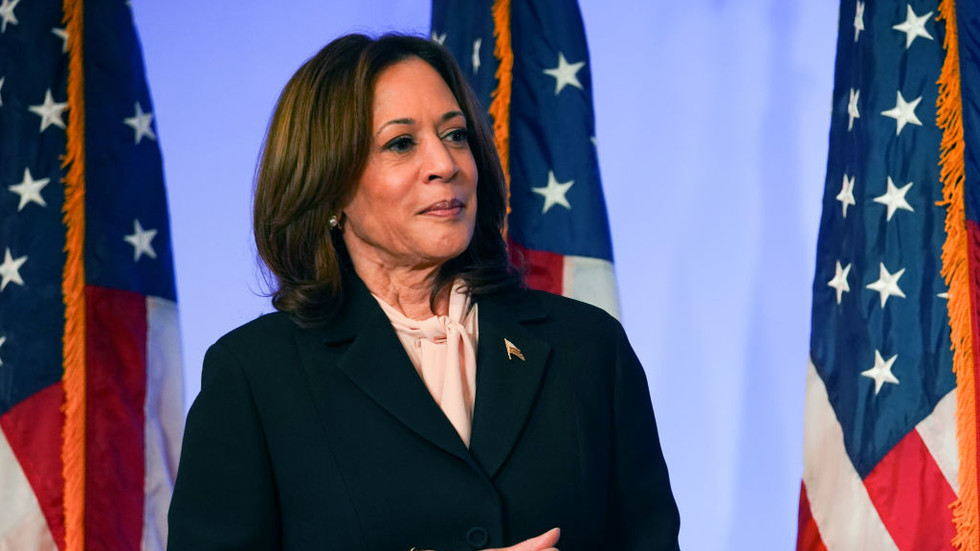The Los Angeles Times, historically known for its Democratic allegiances, has recently faced a significant shift in its editorial policy concerning the upcoming U.S. presidential election. For the first time in two decades, the paper’s editorial board, which had initially planned to endorse Vice President Kamala Harris, was instructed by the newspaper’s owner, Patrick Soon-Shiong, to refrain from publishing any endorsement. This surprising directive marks a departure from the Times’ long-standing tradition of supporting Democratic candidates, which began with Barack Obama in 2008, after several decades of backing Republican candidates prior to that.
Owner Patrick Soon-Shiong, a South African-born billionaire and medical professional, acquired the ailing Los Angeles Times in 2018, making substantial efforts to reverse its fortunes after a period marked by financial struggles. While Soon-Shiong succeeded in curtailing losses and layoffs, the newspaper faced a sharp decline in advertising revenue, particularly exacerbated by the COVID-19 pandemic, which ultimately led to job cuts affecting over 100 employees earlier this year. These challenges have undoubtedly influenced editorial decision-making within the organization and may be linked to Soon-Shiong’s unusual intervention in the endorsement process.
The prohibition against endorsing Kamala Harris carries weight given that the LA Times is a leading newspaper in California, Harris’s home state, implying a notable setback for her campaign efforts. The paper’s past endorsements have had significant political implications, particularly its choice in the 1972 presidential election to support Richard Nixon, which sparked considerable backlash among staff at the time. It is evident that this editorial intervention by Soon-Shiong has the potential to alter the dynamics of the electoral landscape in California, where Harris is seeking support from key media outlets.
In the most recent editorial meeting, the board acknowledged the gravity of the upcoming election, describing it as possibly “the most consequential election in a generation.” However, instead of addressing the presidential race directly as it typically would, the board chose to endorse more than two dozen candidates for various other political positions, mainly focusing on Democratic candidates at local and state levels. This shift suggests a strategic withdrawal from controversial endorsement practices without a clear path forward for support at the national level.
The decision to sideline Harris’s endorsement can potentially diminish her visibility and momentum in a critical election year, particularly as the political landscape becomes increasingly competitive. Harris’s campaign strategy relies heavily on early endorsements from influential voices, and the LA Times’s decision not to back her could be interpreted as a signal of diminishing support among key establishment figures. Moreover, the shift raises broader questions about media influence, the role of editorial boards, and how financial pressures can impact journalistic integrity and decision-making.
As the election approaches, the implications of this decision may resonate beyond California, potentially signaling trends in media endorsements and their alignment with political candidates. With the LA Times opting to focus on local races while distancing itself from a high-profile presidential endorsement, it opens a discussion about media’s evolving role in politics, the relationship between ownership and editorial freedom, and the potential repercussions for candidates in an increasingly polarized environment. The turn of events underscores the intersection of media operations, financial viability, and political endorsements, prompting further inquiry into the future of political journalism in America.

